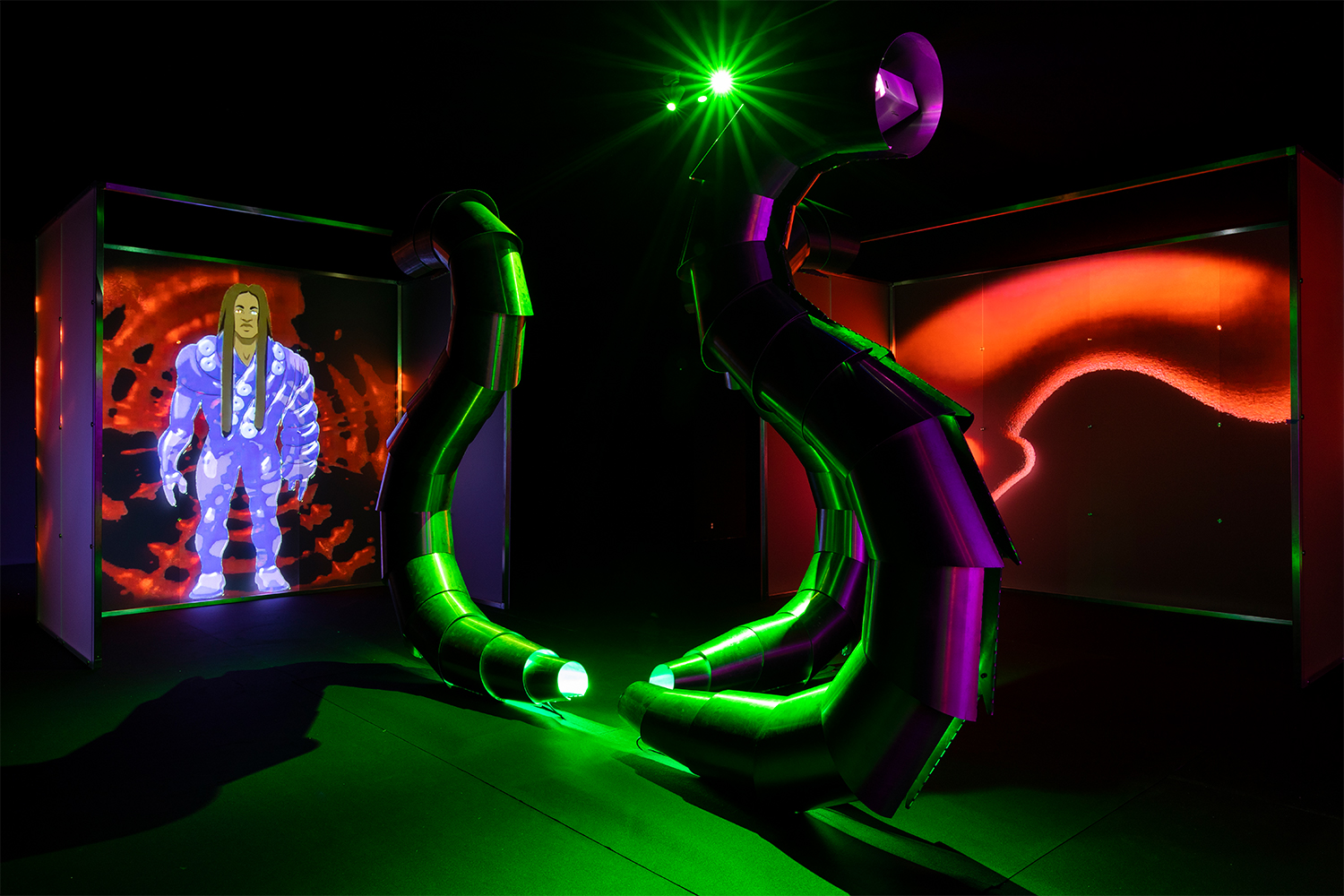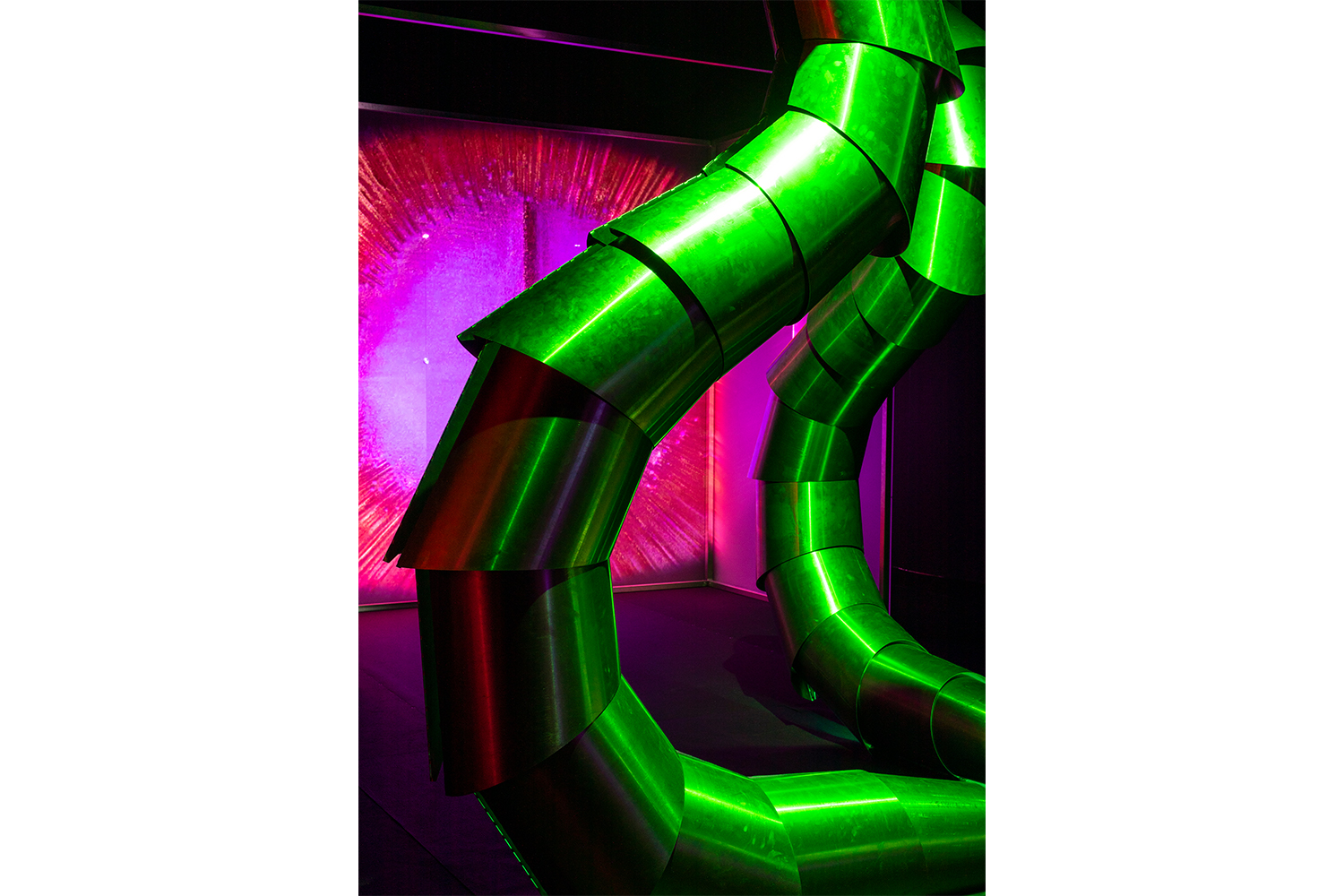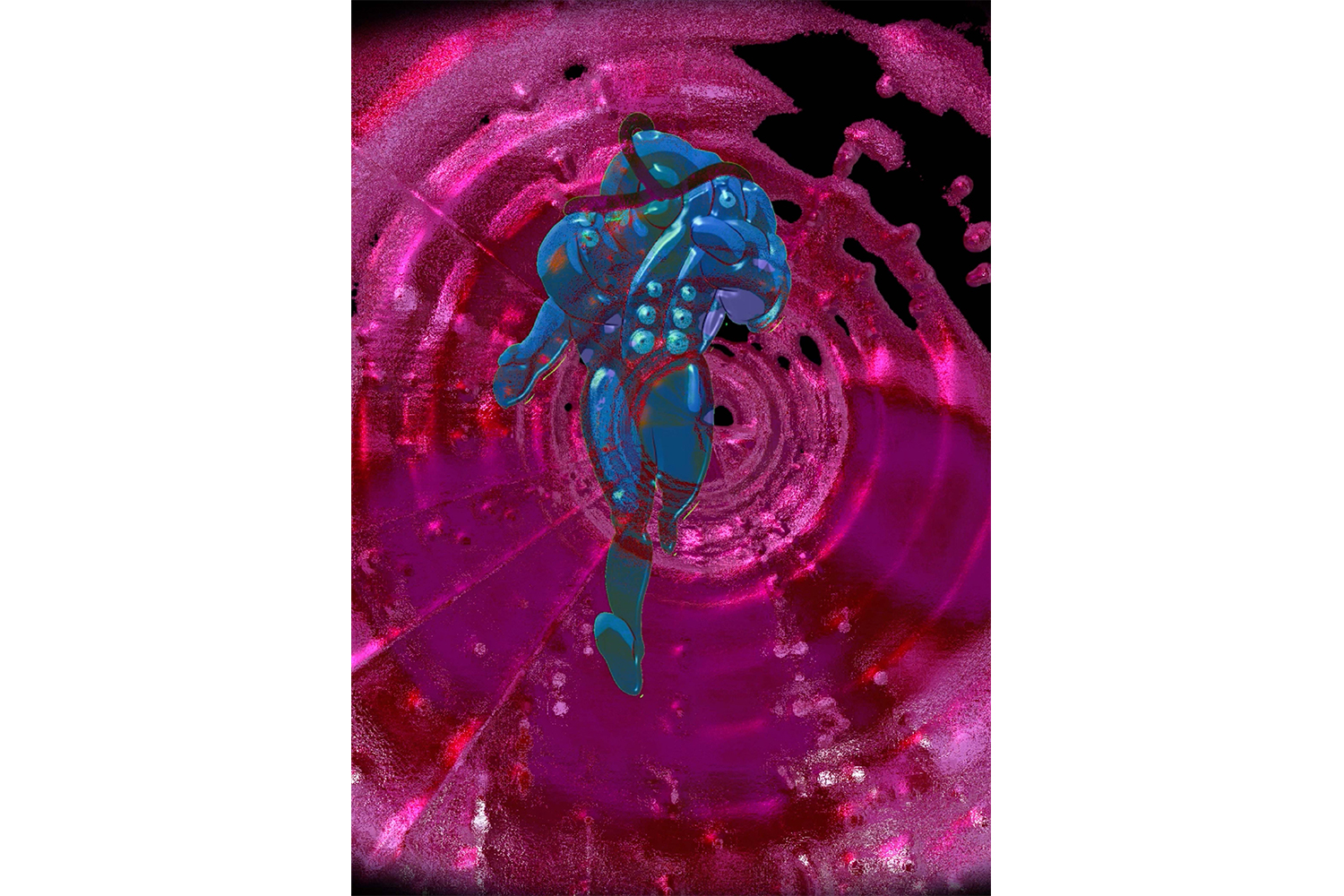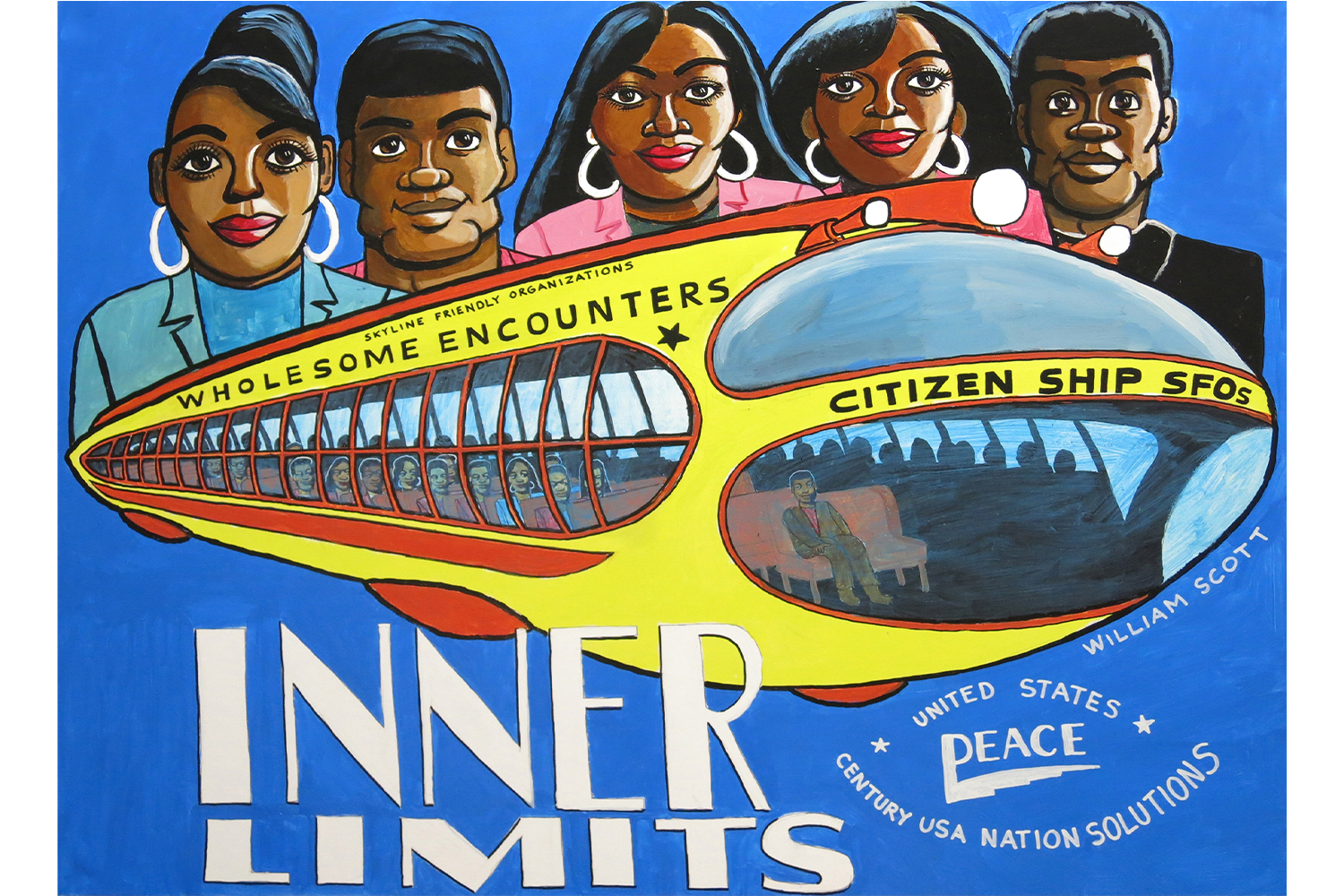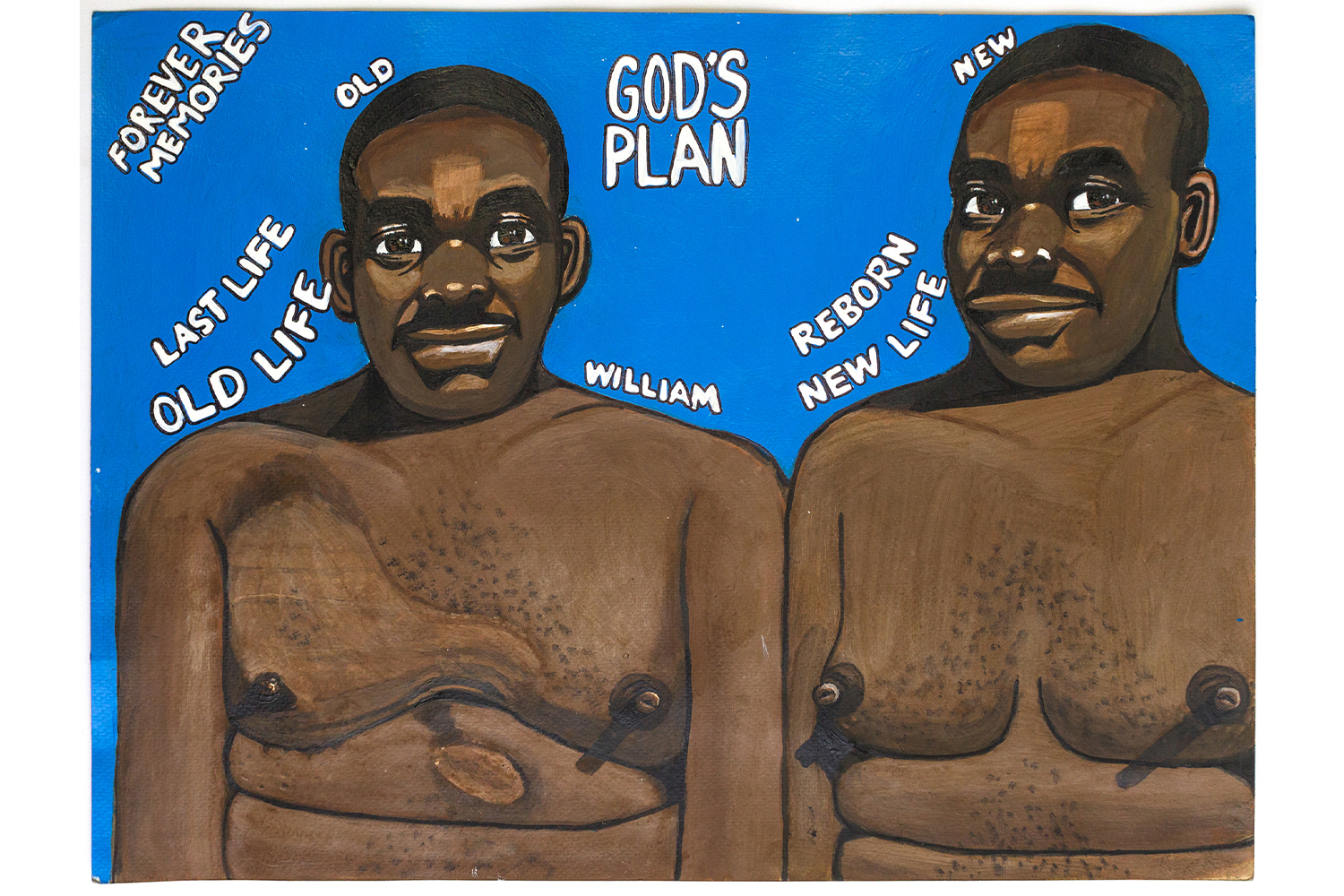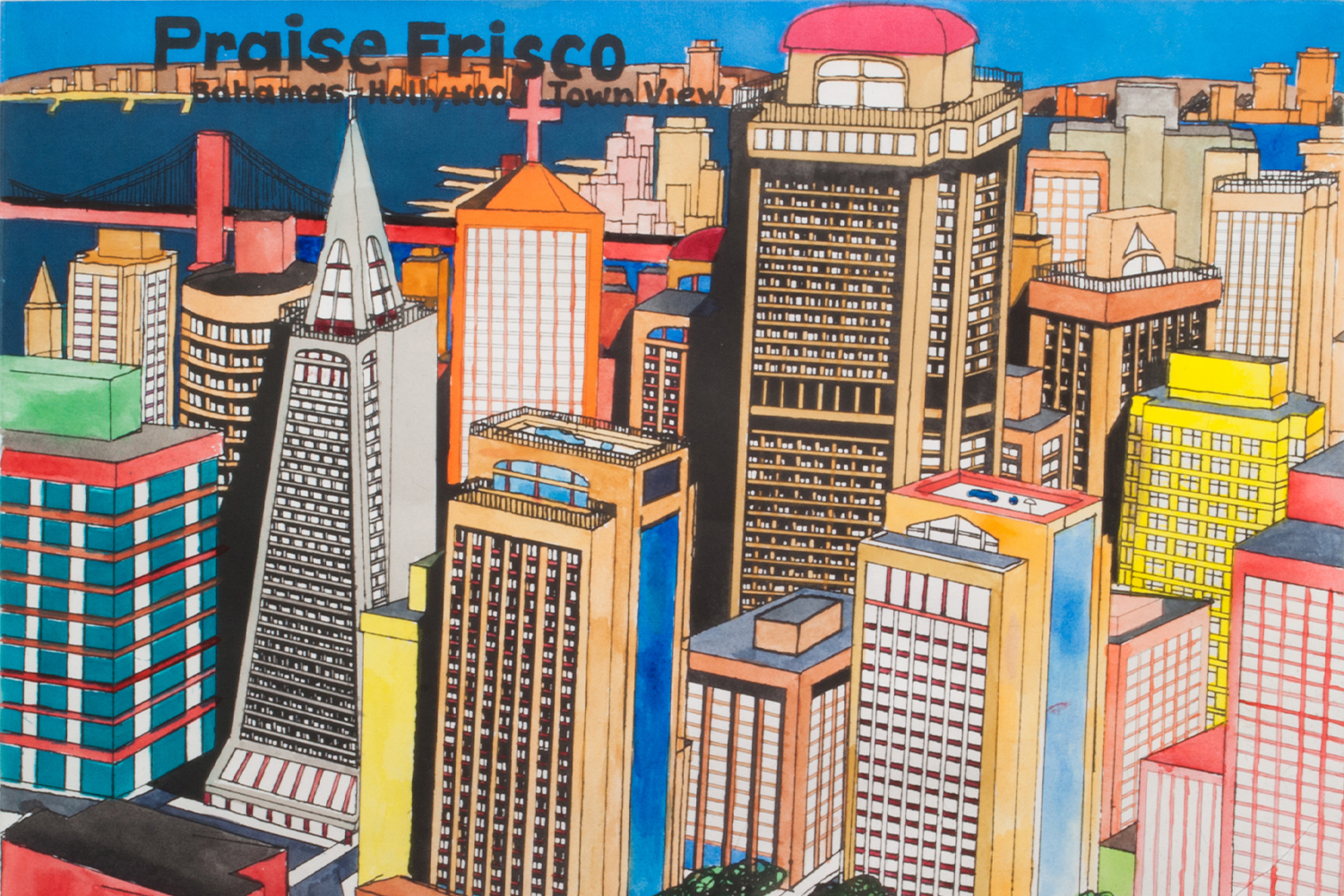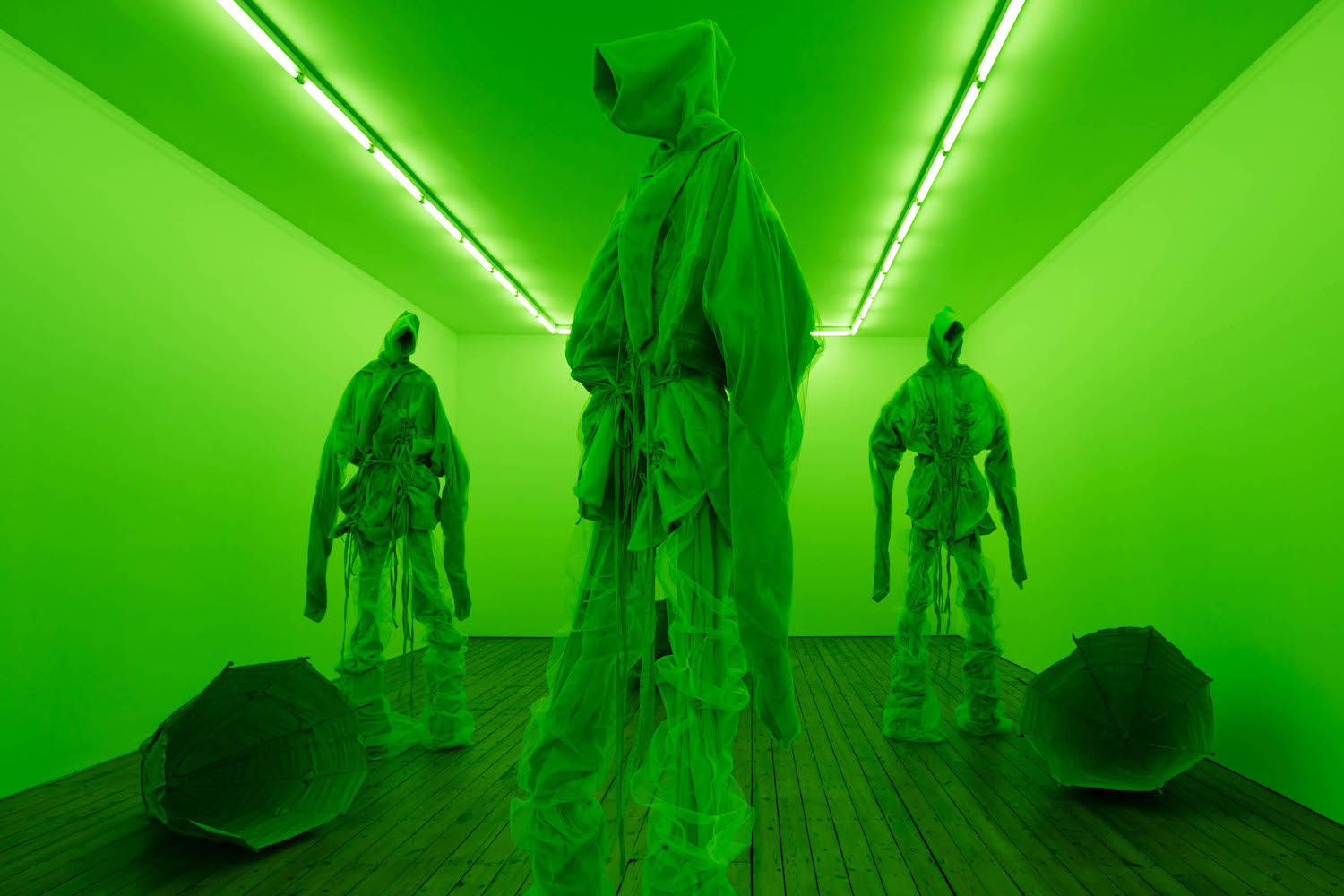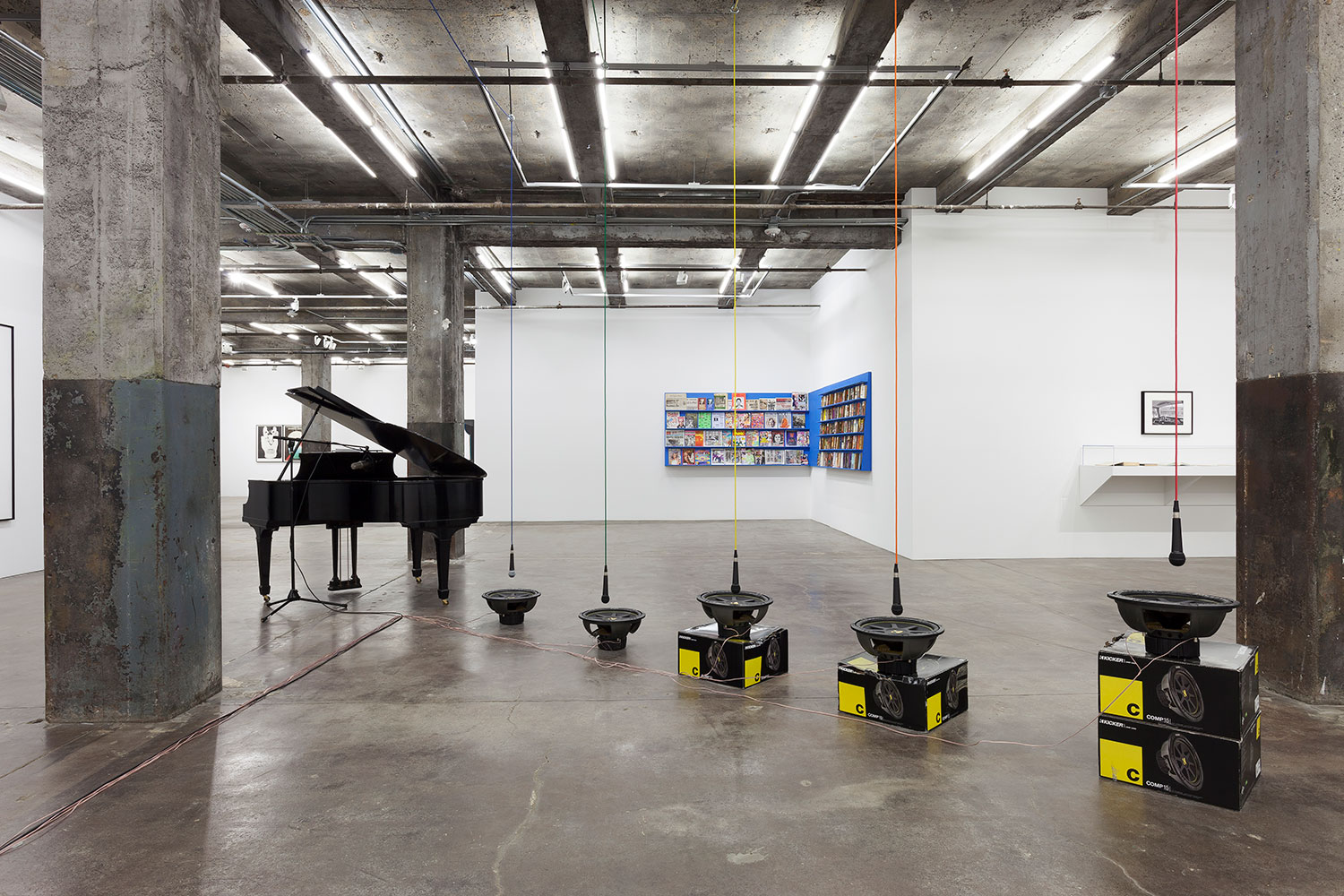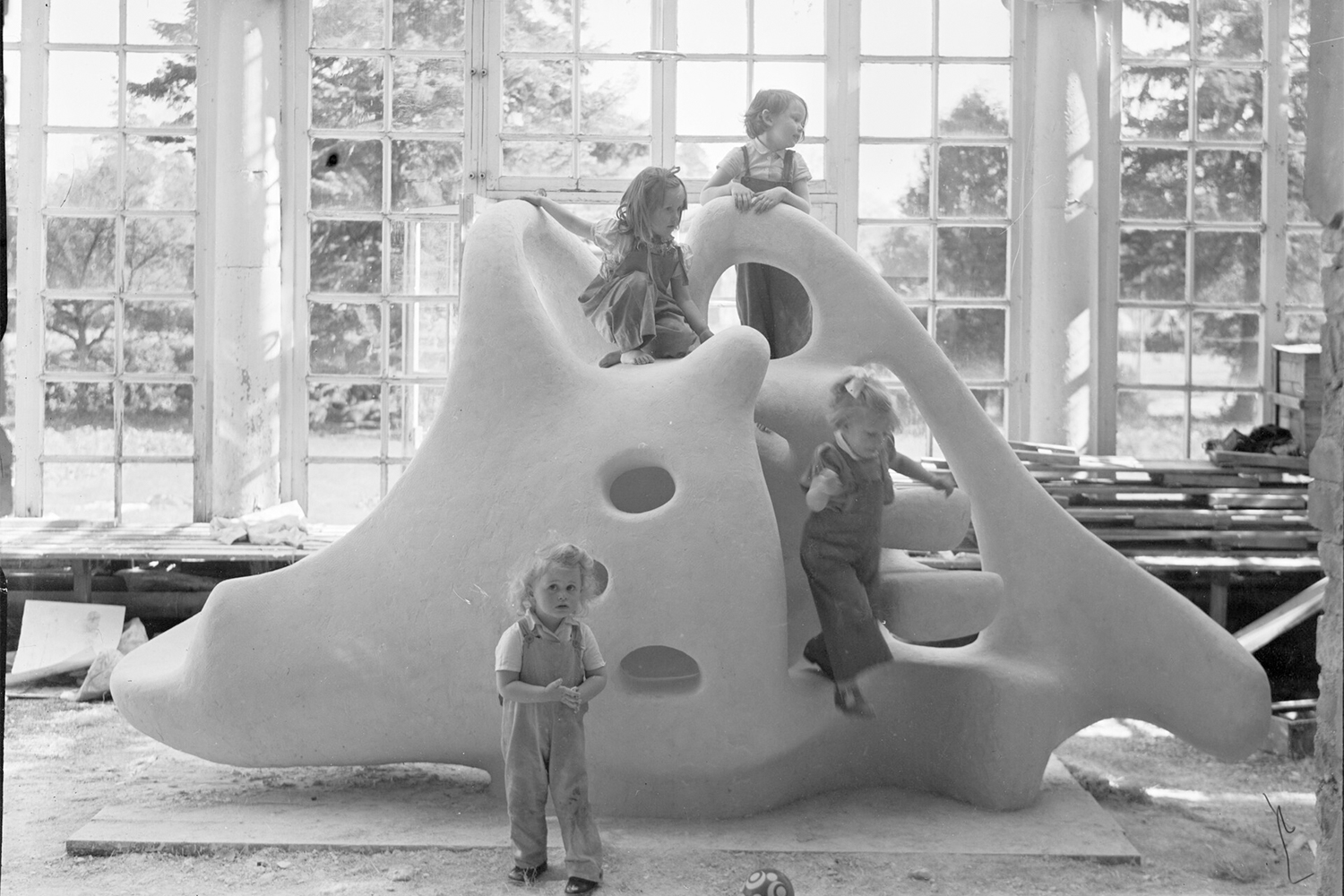William Scott and Sandra Mujinga’s exhibitions are two separate shows installed together in an open format to allow them to intertwine spatially, thematically and artistically.
William Scott and Sandra Mujinga explore alternative worlds in their respective artistic practices; Scott through his richly detailed, painterly work and Mujinga through her digital processes that are part of a multifaceted practice involving sculpture, installation, performance and electronic music – often combined in a single work.
Both artists raise important questions concerning the body, identity and representation through their work. These questions are linked to deeper investigations surrounding visibility and belonging – asking us which spaces we belong to, and which spaces we have the possibility to access through utopian thinking and world-building.
Over the past 30 years, William Scott has developed his own artistic practice while working at Creative Growth. Creative Growth is an art center in Oakland, just outside San Francisco, where people with development disabilities are given the opportunity to work and advance creatively as artists. Combining image and text, his colourful paintings tie in stylistically with current popular culture. Recurring themes include portraiture, science fiction and city architecture. Scott sees himself more as an architect than an artist and attempts to create people- friendly urban architecture in his work. In Praise Frisco he establishes his utopian visions about how San Francisco should be reborn as a socially equal city – without violence, crime or drugs. His endeavour to make the world a better place is visible throughout his creative practice; with the help of his self-constructed organization Skyline Friendly Organization (SFO) Scott is able to correct the mistakes of history through his paintings. He can, for example, allow people who died too early, from addiction, gun violence or covid-19, to come back to a better life.
Sandra Mujinga works with a variety of techniques – including sculpture, video and textiles – around themes of surveillance, identity and visibility. Traces of both traditional craftsmanship and modern digital technology are evident in her work, resulting in a multifaceted visual language. Questions regarding identity and digital presence are often raised in Sandra Mujinga’s work, for example in the form of “avatars” – the figures or characters that we choose to represent ourselves with and whose characteristics and features we can fully control. Within Mujinga’s artistic practice is an exploration of the dynamics between colour and light, between black and the shade of green that functions today as a “green screen” – a void where anything can be introduced through digital postproduction.
In the work Closed Space, Open World Sandra Mujinga utilises new technology as a starting point to open up a visual world inspired by science fiction, Afrofuturism and internet culture. Sandra Mujinga has created an installation where three monster-like sculptures project moving images of a figure – an avatar that Mujinga has made together with artist Saphira Nancy – on frosted plexiglass screens. Silhouettes of visitors blend together with the silhouette of the avatar, whose shape is inspired by cartoon superheroes and science fiction.


